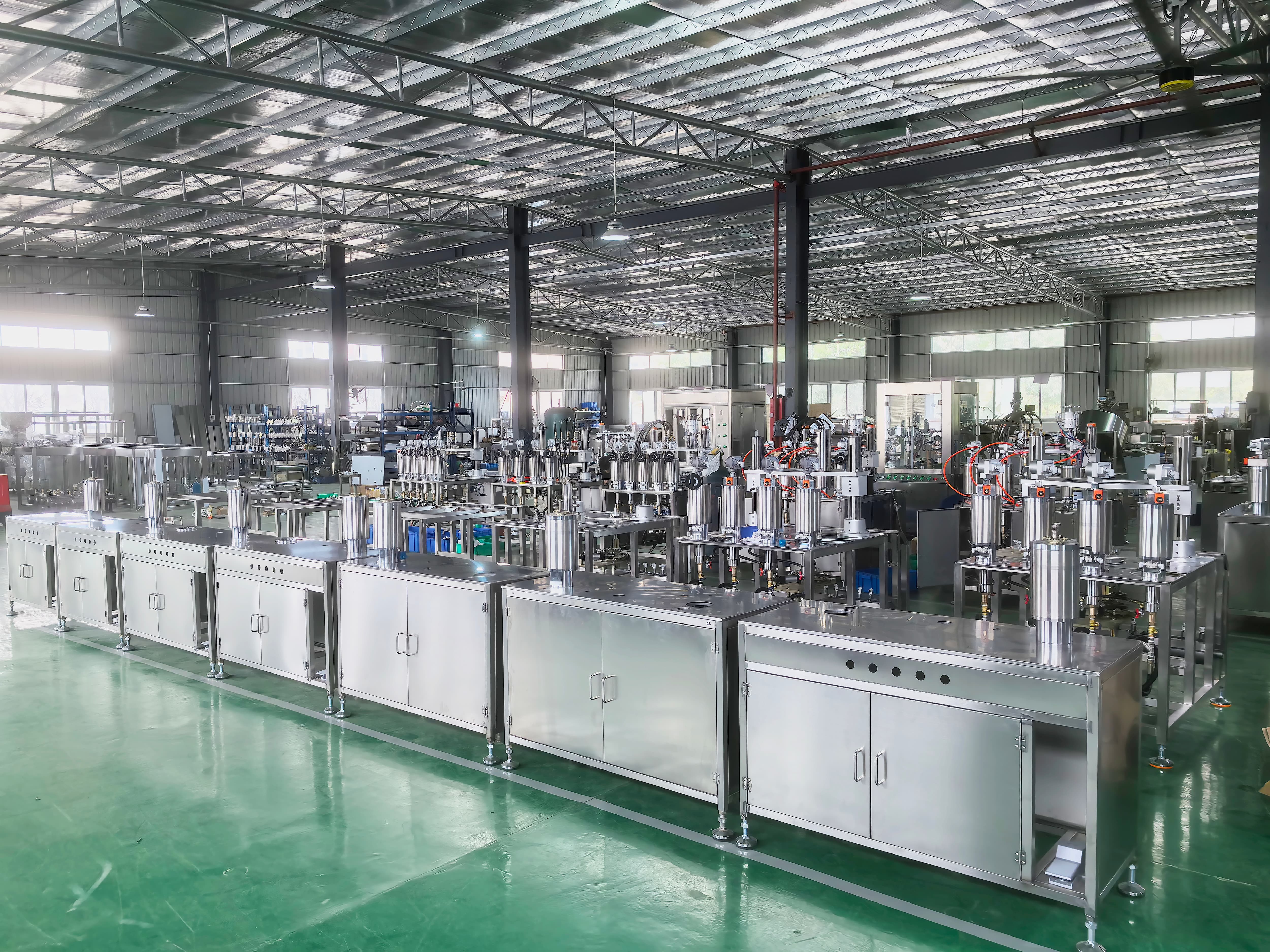
Semi-Automatic Liquid Filling Machines: The Key Tool for SMEs to Achieve Efficient, Precise Production and Scalable Growth
In today's fiercely competitive market environment, production efficiency and product quality are the lifelines of manufacturing enterprises. For many SMEs, emerging brands, and multi-product manufacturers in rapid growth phases, overcoming production bottlenecks while controlling costs—and achieving a smooth transition from manual labor to automated production—presents a critical challenge. The semi-automatic liquid filling machine serves as the strategic solution to this challenge, propelling enterprises toward scalable growth.
Its core value lies in seamlessly bridging the gap between purely manual operations and fully automated production lines. Manual filling not only suffers from slow speeds and low efficiency but also struggles to ensure consistent product weight, frequently resulting in overfilling (leading to product waste and cost increases) or underfilling (triggering customer complaints and compliance risks). By automating the critical quantitative filling stage, semi-automatic fillers boost production efficiency to 20-30 bottles per minute while maintaining precision within an astonishing ±0.5% tolerance. This fundamentally eliminates waste, safeguards product quality and brand reputation, and often yields cost savings that rapidly recoup equipment investment.
Furthermore, the equipment's exceptional versatility makes it ideal for handling diverse product categories. Whether dealing with thin liquids like water or oils, or viscous pastes and sauces, simple component changes allow a single machine to effortlessly accommodate various containers and liquid viscosities. This capability meets the stringent demands for flexible production and high-standard hygiene in industries such as cosmetics, food and beverage, chemicals, and pharmaceuticals. Constructed from food-grade 304 stainless steel, the design ensures thorough cleaning and sterilization, effectively eliminating cross-contamination risks.
Ultimately, the semi-automatic liquid filling machine represents more than just equipment. It embodies a lean, intelligent production philosophy that liberates employees from repetitive, monotonous manual labor. This allows them to transition to higher-value roles in machine operation and quality monitoring, boosting overall team morale and operational efficiency. For any enterprise seeking to enhance competitiveness and expand production capacity, investing in a semi-automatic liquid filling machine is undoubtedly the wisest and most critical first step toward automation, sustainable profitability, and growth.
